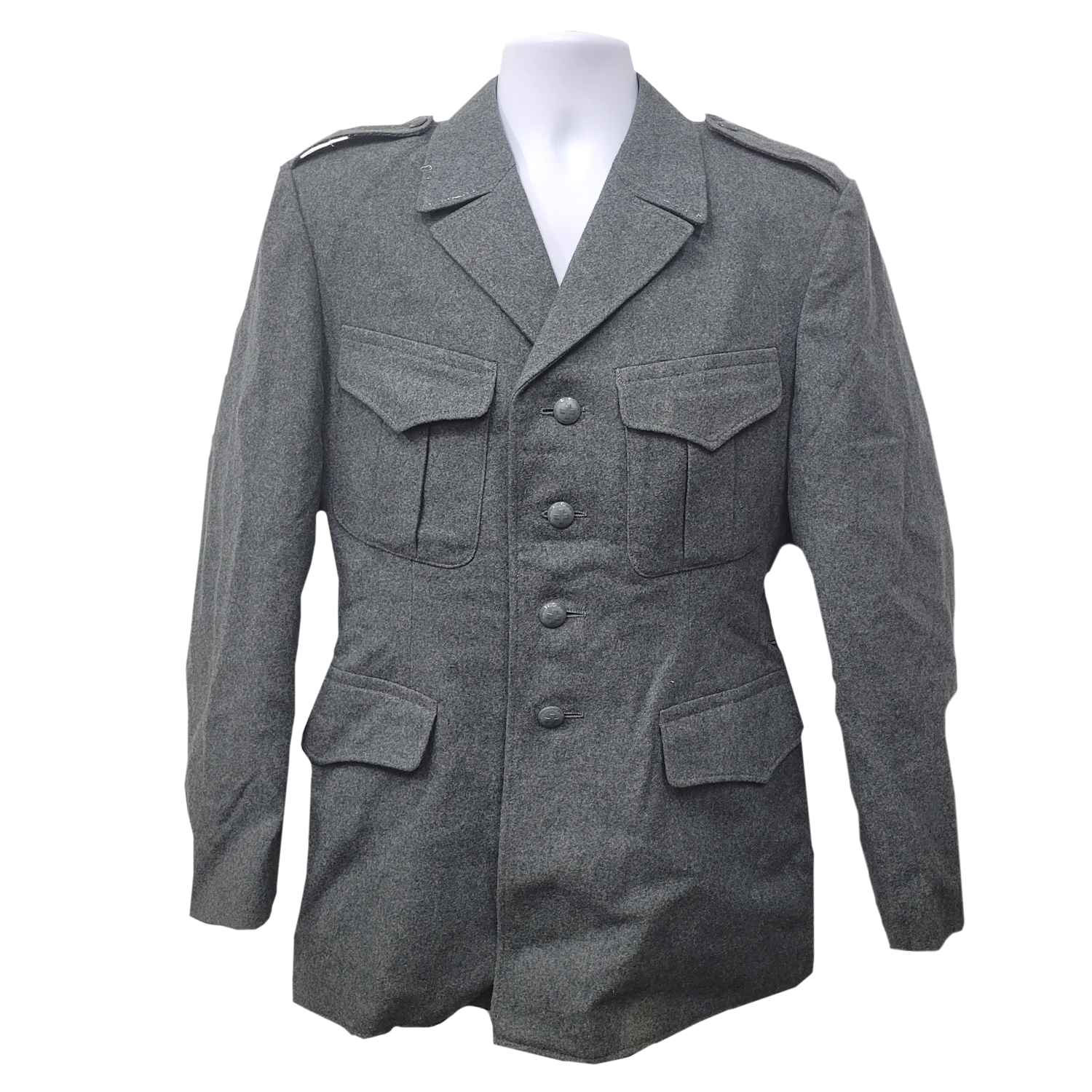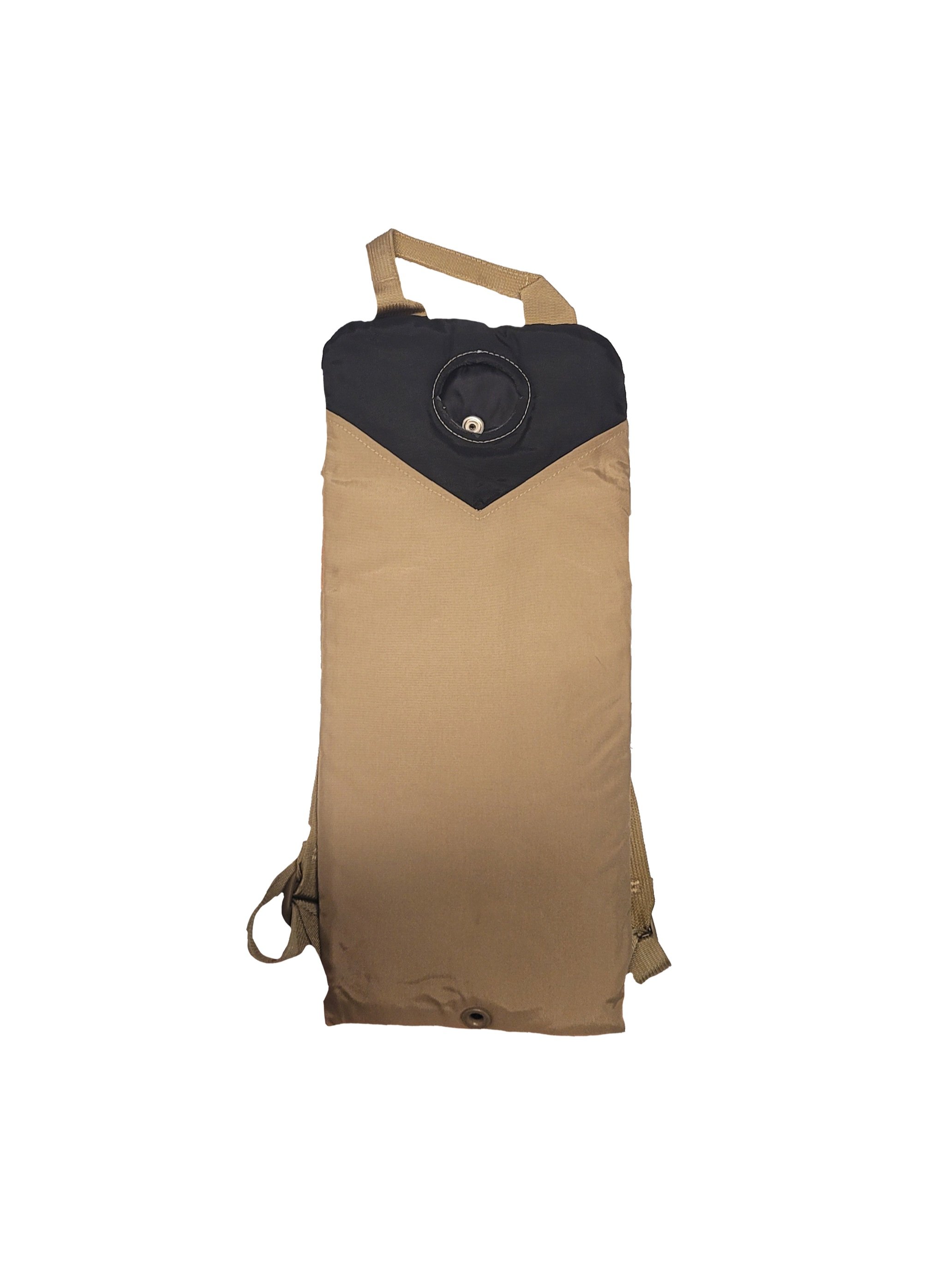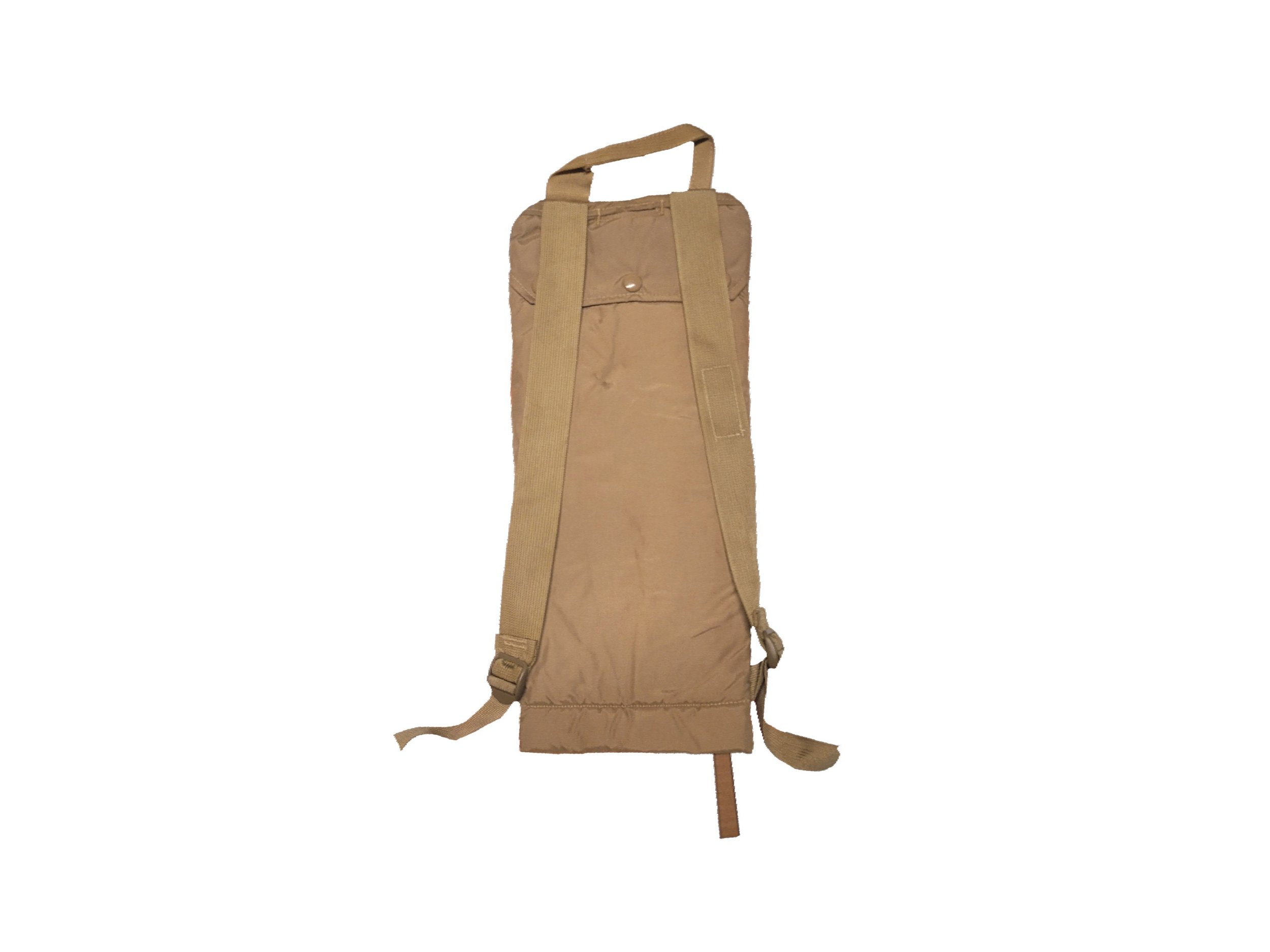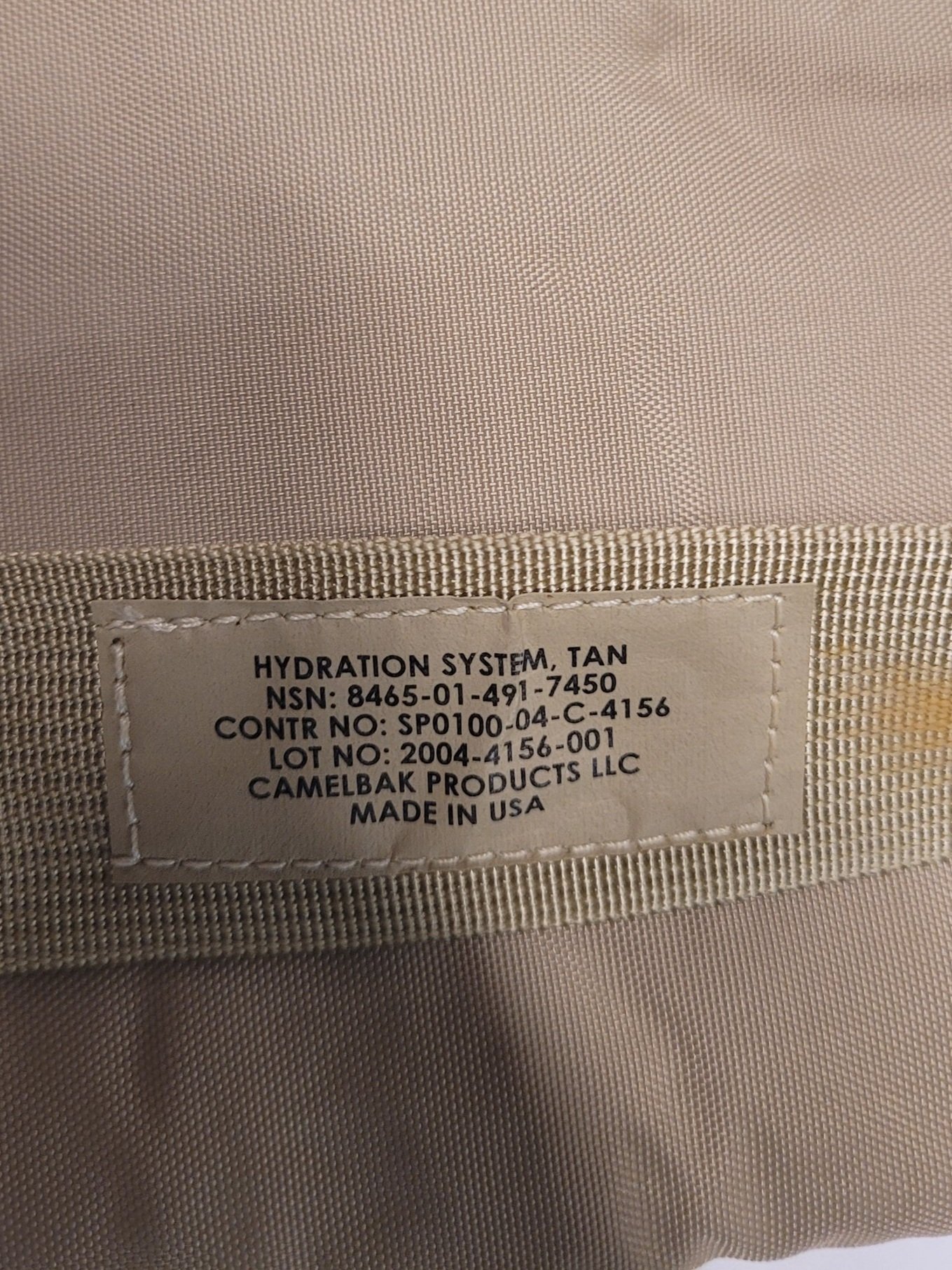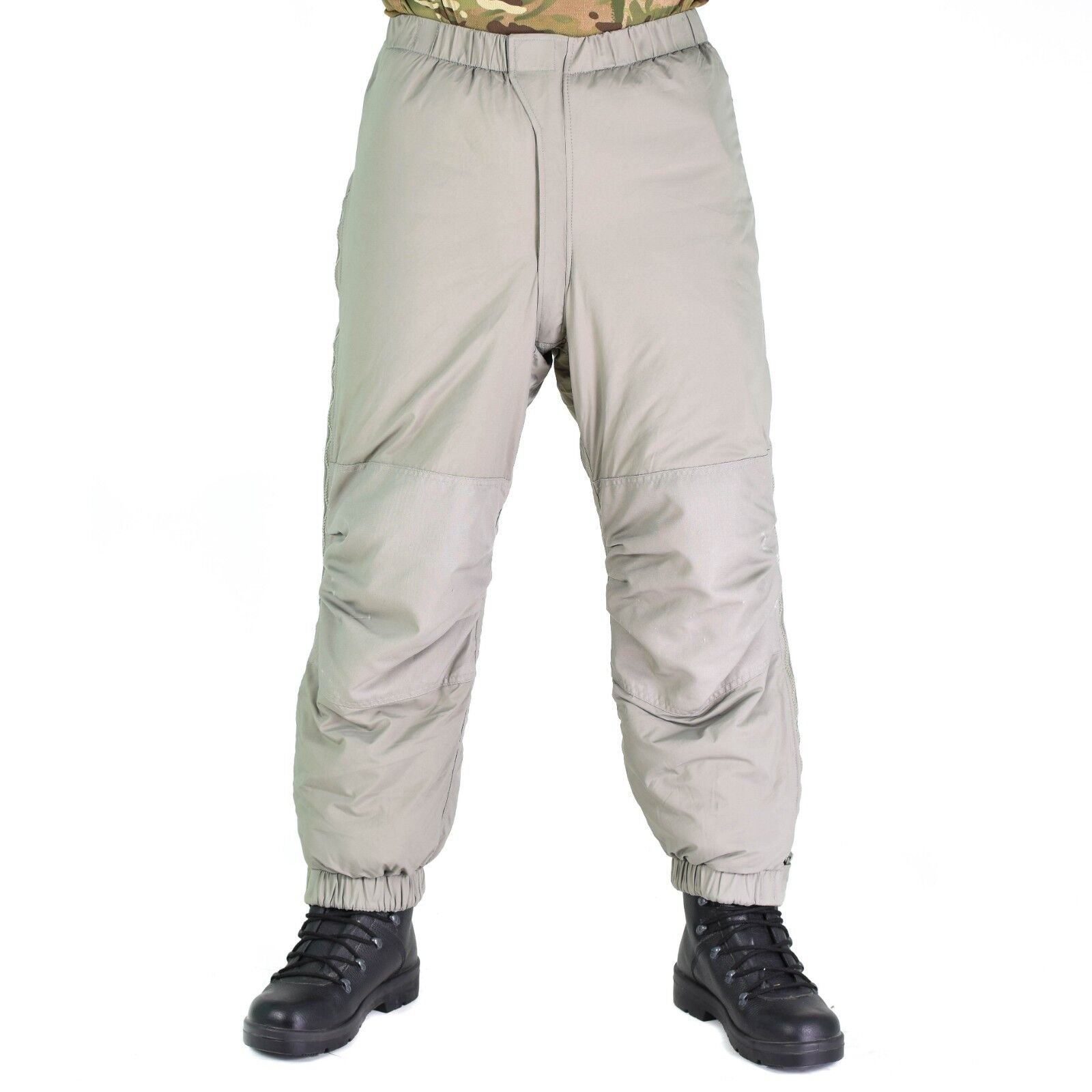 Image 1 of 1
Image 1 of 1


West German Bundesgrenzschutz Combat Vest
Yes. They’re real. Yes they’re here. For a good time, not a long time. We were very fortunate to find the amount that we did.
The Bundesgrenzschutz (BGS) was formed in 1951 to guard the new border between the East and West German nations. The BGS was a paramilitary organization that actually had military status until the 1990s. These vests were adapted from the WW2 pattern, Splintertarn, used by the Nazis. With a couple small changes - it was pressed into service. Sumpftarn, the new pattern, was brought about in the early 1950s and retired in 1976. So with only limited use by field units of the BGS, any Sumpftarn item is very rare.
These vests are awesome. They have an incredibly robust construction and the pockets are HUGE. You can fit TONS in them. Holy smokes.
These vests, as best we can tell, are the result of the German Government “demilling” combat jackets. They did this by slashing the jackets and cutting off the sleeves for the most part. The jackets were then repaired (ours have no repairs or holes in the body) and turned into vests professionally. Thus resulting in this unique piece, which can be worn all year because it can easily be layered and combined with other articles of clothing. When these are sold out, we do not expect to be able to restock them, though we’d love to. They are just too rare and were produced on a very small scale.
Yes. They’re real. Yes they’re here. For a good time, not a long time. We were very fortunate to find the amount that we did.
The Bundesgrenzschutz (BGS) was formed in 1951 to guard the new border between the East and West German nations. The BGS was a paramilitary organization that actually had military status until the 1990s. These vests were adapted from the WW2 pattern, Splintertarn, used by the Nazis. With a couple small changes - it was pressed into service. Sumpftarn, the new pattern, was brought about in the early 1950s and retired in 1976. So with only limited use by field units of the BGS, any Sumpftarn item is very rare.
These vests are awesome. They have an incredibly robust construction and the pockets are HUGE. You can fit TONS in them. Holy smokes.
These vests, as best we can tell, are the result of the German Government “demilling” combat jackets. They did this by slashing the jackets and cutting off the sleeves for the most part. The jackets were then repaired (ours have no repairs or holes in the body) and turned into vests professionally. Thus resulting in this unique piece, which can be worn all year because it can easily be layered and combined with other articles of clothing. When these are sold out, we do not expect to be able to restock them, though we’d love to. They are just too rare and were produced on a very small scale.

